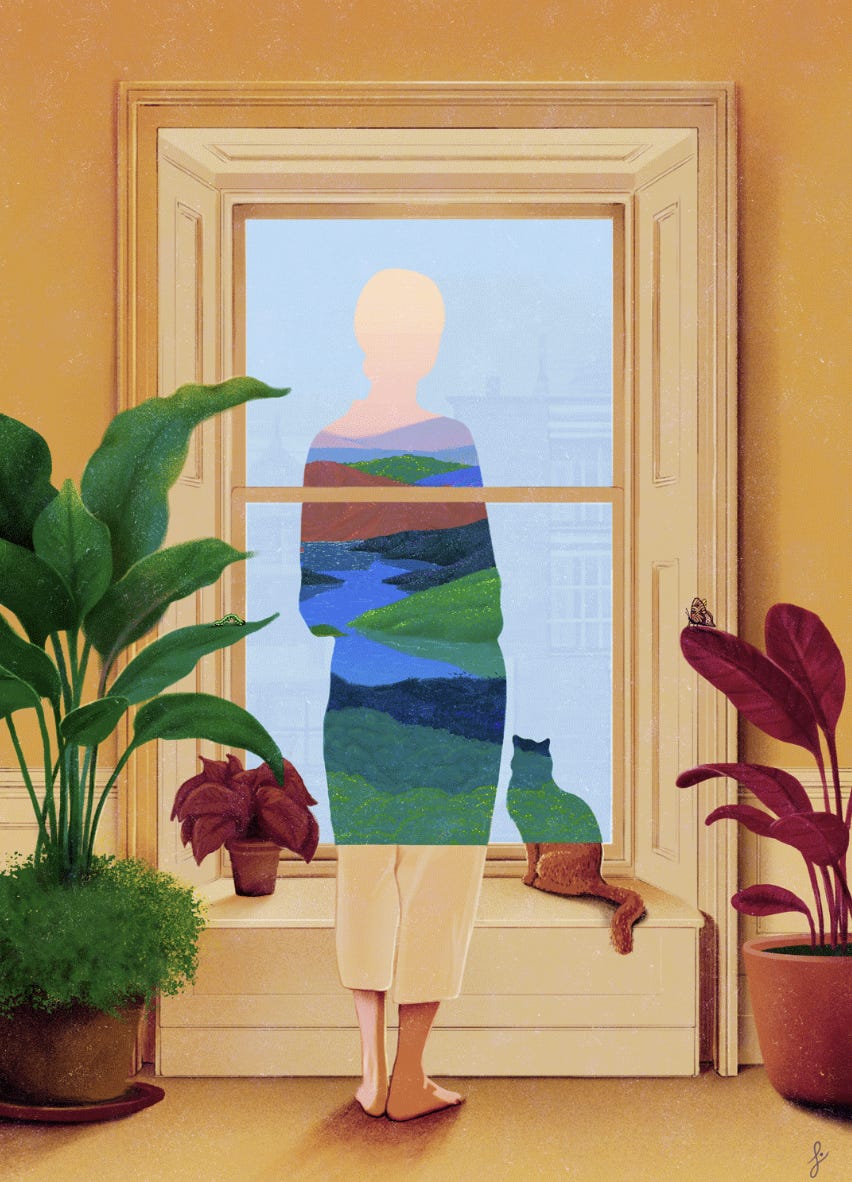Experiencing More Than Pretty Pictures: the key philosophy of INT.D
Discover the key mindset behind our placemaking.
For INT.D, interiors are like keys: no two are the same and they’re only useful when they can be used. Interiors are settings designed for stories to happen, to elevate everyday experiences and reflect the communities around them. They are the tool, not the endpoint - and they are only useful by the stories happening within them.
At INT.D our mission is to put human stories at the core of placemaking in order to improve the way we work and live. We know that design transcends language, industries, and borders, it’s a collection of small moments that have powerful impacts. We also know that many human needs are universal. They are wired into our DNA, informing our decision making and shaping our reactions to the world around us.
Our work is centered in the understanding and fulfillment of these needs. We take a strategic approach to create resonance with people at a deeper level than just “our taste”– positioning brands in a physical experience for relevance and longevity. We call this approach Science Art: the marriage of business strategy and brand with timeless truths, behavioral sciences, and environmental psychology.
We bring Science Art to all of our projects to foster remarkable experiences and form meaningful connections with brands and people. We are interested in how design affects us more than the image design creates - starting from the perspective of an individual. We can design the most incredible looking place, but if it isn’t used, then our work doesn’t matter. Science Art is like a key, where its beauty is a result of strategy.
A balance of the practical and poetic. Physical and emotional. Individual and social. Science Art is focused on creating spaces that work for people and not against them. A place people love.
Science Art hinges on us really understanding what a space is trying to achieve. Our goal is to create more than tasteful art - it’s to create an impactful spatial experience. To do so, we need to learn everything we can about the Placemaker and the User. Our blueprint of every prospective in the mix, from the back of the house staff to the project investor, is the magic behind our work.
So how does Science Art really work? It starts with structured empathy. We ask questions: Who will inhabit it? What will they do in this space? How will they experience it? How will they connect to the building and to the context? How will they connect to each other? How does the project fit into the bigger ecosystem? How can the space enhance everyday experiences? How will it be in the future? How can it be maintained?
In short, we find the truth of a place, which is a far more interesting direction than an abstract concept.
Only then, when we’ve done our homework and everyone agrees, do looks start falling into place. Coupling our findings with brand story we transform each space into a visual landscape that feels unique, our findings impacting every decision. From early construction, programming, operations, and wayfinding into materials, lighting, and furniture down to music, smell, and styling.
For us, interior design is about so much more than choosing furniture. In fact, it is our mission to change this perception. Good interiors go beyond the way things look. Good interiors leverage brand goals by prioritizing the human experience. They are the right tool for the right needs. Design without this type of thinking - without Science Art - is just a pretty picture.


